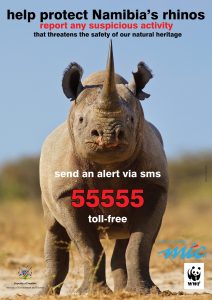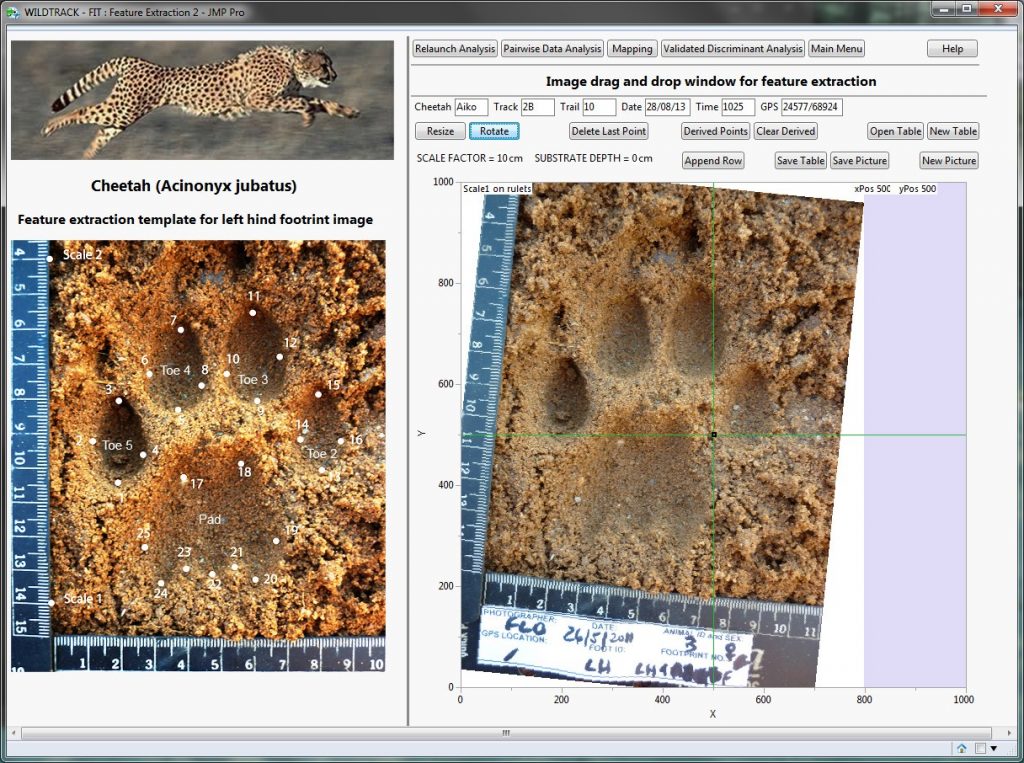 In today’s brave new technological world, most of us live cocooned in thermo-regulated cars and buildings. Our food and drink is on tap, and we experience little inconvenience beyond death and taxes.
In today’s brave new technological world, most of us live cocooned in thermo-regulated cars and buildings. Our food and drink is on tap, and we experience little inconvenience beyond death and taxes.
It’s easy to forget that life as we know it would come to an abrupt halt without the millions of other species on earth that help provide our fresh air, water, soil, medicine and – most importantly, what’s in our fridges.
Given this, you’d think we would’ve been careful to balance exploiting our planet with preserving biodiversity – but evidence shows that we’re driving other species to extinction at rates 100 to 1000 times the natural ‘background’ rates (i.e. the standard rate of extinction in earth’s history before humans became a primary contributor to extinctions).
So what’s to be done?
First, we need a more complete understanding of the factors that threaten endangered species and the resources they need to survive. This is still woefully incomplete, even for some of the best-studied species.
Our paper Emerging Technologies to Conserve Biodiversity just out in Trends in Ecology & Evolution examines the role new technologies might play in collecting much-needed information -- from increasingly small tracking devices to a future of completely non-invasive approaches, like sophisticated camera traps, high-resolution satellites and drones.
But technology alone will not resolve the challenges we face, and our resources are limited.
The bigger question is: How do we deploy technology to maximum effect? In our paper, we consider the application of technology for critical issues, such as the illegal trade in wildlife, and building a much wider engagement of citizen scientists and tourists to help gather data. These groups, previously disenfranchised from conservation, could exponentially increase our knowledge through wider data collection.
But unprecedented volumes of data bring new challenges. This might be where we can learn from the corporate world. Companies such as SAS have incredible expertise in big data management and visualization across sectors.
We can employ algorithms to select data that matter. Data collection becomes quicker and easier as computational power increases and hardware size decreases. Our ability to predict outcomes improves with new probabilistic models.
It turns out that many potential solutions can be found in disciplines outside conservation biology, like engineering, statistics, mathematics, other sciences and even business.
But there’s a last twist to this tale.
New technologies have allowed us to quantify conservation value where we least expected it -- in ancient techniques that developed as we humans evolved. For the last few decades we’ve embraced invasive, bulky and costly tags and collars as state-of-the-art tools for monitoring endangered species. Now with advances in digital imaging and statistical modeling we’re able to distil the millennia-old art of animal tracking into a new technology for identifying species, individuals, sex and age-class from footprints: The footprint identification technique (FIT) in JMP software from SAS.
FIT is an apt symbol of the revolution we need to effect. We must put together the big picture from individual pieces of technology. We can foster global participation across cultures and disciplines, to create brave new combinations of tried and trusted tradition with inspired innovation.
Until then, the bush men, with their time-honored skills, might just have the last laugh…..
Learn more about how new technologies are helping with conservation.

